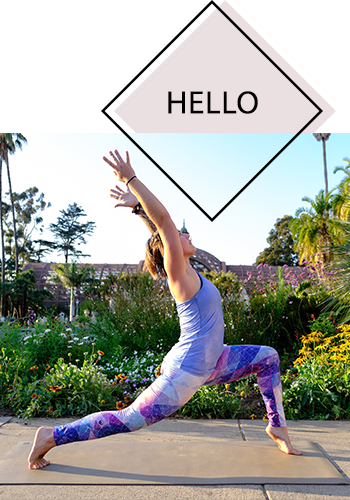My Daily Yoga Practice (The Yamas and Niyamas)
/
Often I think of a yoga practice as moving through an hour or
so of asana (physical postures) on my mat.
But recently my understanding of the practice has shifted.
Transitioning from teacher training (when I was doing tons of yoga) to a period
of more stillness and rest (while recovering from sciatica pain) has led me to
ask, What is yoga, really? And why do
I practice it?
On some days, my yoga looks like this:
- A ten-minute meditation (dhyana, meditation)
- Mindful breathing exercises (pranayama, breathwork)
- Writing a few pages in my journal about my experiences, feelings and dreams (svadhyaya, self-study)
- Eating a meal mindfully, in silence (santosha, contentment)
- Writing down my gratitude list (santosha, contentment)
- Acting kindly toward those I love (ahimsa, nonviolence)
- Giving myself permission to take rest (ahimsa, nonviolence)
Photo by Cait Loper Photography.
- Teaching postures (asana, physical poses)
- Studying postures and then releasing my attachment to knowing all there is to know about yoga (aparigraha, nonhoarding)
- Practicing a mantra using my prayer beads, asking the Universe for wisdom and guidance (isvara-pranidhana, devotion to a higher power)
Regardless of the way my daily yoga practice looks, I find
the consistent part is that when I do it, I
find peace.
When I am in my yoga practice, I am farther from confusion,
anger, disconnectedness, and fear.
When I practice, I feel grateful, present to the divine, and
aware of my body, mind, and spirit.
I practice yoga
because it allows me to love myself and others more. I practice because it
allows me to release my attachments to the past and future, and instead to live
in the present.
What does your yoga practice look like these days? Why do
you practice yoga?









